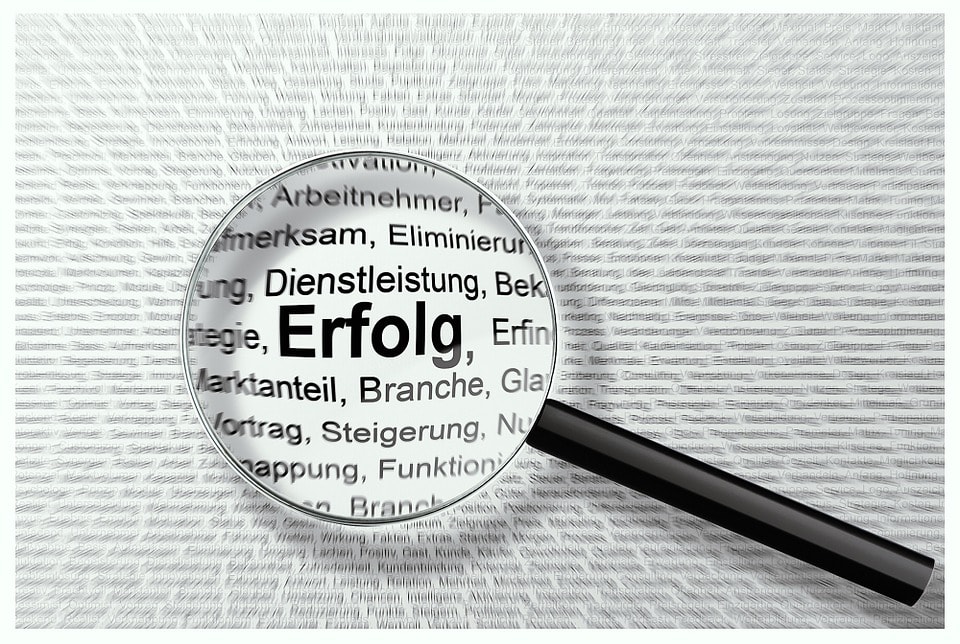35 ChatGPT Prompts for High-Quality Translation [2025]

Crafting effective ChatGPT prompts for translation ensures that your multilingual AI-generated communications are high-quality, culturally relevant, and tailored to specific needs. As translation industry veterans, we know firsthand how AI tools like ChatGPT can improve translation workflows. However, success with generative AI depends on how well you communicate with it.
In this guide, we’ve partnered with one of our translation subject matter experts to share professional ChatGPT translation prompts and tips for maximizing the potential of AI translation.
Lastly, we’ll introduce the seamless ChatGPT experience offered through Pairaphrase.

Communicating with ChatGPT for translation
Powered by advanced LLM (Large Language Model) technology, OpenAI’s ChatGPT is trained on massive datasets to understand and generate human-like text. This allows it to analyze context, tone, and cultural nuances, delivering nuanced, accurate translations that adapt to your specific needs.
To get the best translation results from ChatGPT, it’s important to craft clear, specific, and purposeful prompts. While there are both pros and cons of using ChatGPT for translation, it’s an impressive tool–especially when used properly.
These tips below will help you effectively prompt ChatGPT for translation, reducing misunderstandings and ensuring high-quality outputs (and saving time).
12 tips for AI translation prompting
- Assign ChatGPT a specific role or expertise
Defining a specific role ensures ChatGPT operates with specialized knowledge.
See how to do this – jump to tip 1
- Avoid generic prompts
Clear, detailed instructions improve the quality and relevance of outputs.
Jump to tip 2
- Specify tone or style
Clearly outline the tone or style to match the intended audience.
Jump to tip 6
- Provide context, field, and region
Contextualizing the translation ensures ChatGPT uses accurate terminology.
Jump to tip 4
- Provide reference materials
Supplying glossaries or external resources aligns ChatGPT’s output with established standards.
Jump to tip 5
- Use clear delimiters for text segments
Delimiters prevent confusion when submitting multiple texts.
Jump to tip 7
- Use positive instructions
Framing prompts positively ensures better understanding and results.
Jump to tip 10
- Clarify the intent of the translation
Explaining the goal of the translation shapes tone and style choices.
Jump to tip 11
- Request reviews or revisions with specific criteria
Asking for targeted adjustments helps refine results.
Jump to tip 12
- Confirm understanding before starting
Verifying that ChatGPT understands the request minimizes errors and miscommunication.
Jump to tip 23
- Control text length (language growth)
Defining length constraints ensures ChatGPT adheres to project requirements (e.g., subtitles, ads).
Jump to tip 24
- Iterative collaboration
Follow-up prompts help tailor outputs more precisely.
Jump to tip 35
Bonus tip (from my ChatGPT to yours)
Be polite and collaborative. Politeness encourages better responses and fosters collaboration, even when working with AI.
Prompt example:
“Could you please translate this text into French for an academic audience? Thank you!”
Why: A polite tone makes prompts clearer and more approachable, reducing ambiguity and encouraging nuanced responses. Studies have shown that polite AI prompts lead to better results from generative AI, likely because they model a collaborative relationship.
35 best ChatGPT prompts for translation and why
The following 35 AI translation prompts were developed by a translation specialist to help you unlock the full potential of ChatGPT for translations. Each one focuses on achieving accuracy, relevance, and customization for your specific needs.
1. Assign ChatGPT specific roles or expertise
Set ChatGPT’s role to ensure outputs align with professional expectations.
Prompt example:
“Act as a professional English-Spanish translator specializing in the energy sector.”
Why this works: Assigning a clear role ensures ChatGPT outputs align with industry standards, terminology, and context.
2. Avoid generic translation prompts for ChatGPT
Provide detailed instructions to avoid ambiguity. Generic prompts like “Translate this into Spanish” often miss key nuances. Instead, specify region, tone, and audience.
Prompt Example: “Translate this into Latin American Spanish, targeting an Argentine audience with a formal tone suitable for an oil and gas industry report.”
Why: Detailed instructions help ChatGPT tailor the translation to the specific cultural, professional, and linguistic context, ensuring high-quality translations and relevance.
3. Specify tone or style
Clarify tone or style to match the audience’s expectations.
Prompt example:
“Translate this text into Argentine Spanish, keeping a friendly and approachable tone suitable for social media content.”
Why: Tone impacts how the translation is perceived by the target audience.
4. Provide context, field, and region
Define the purpose of your translation to achieve more relevant results.
Prompt example:
“Translate this technical manual into Mexican Spanish using PEMEX’s official terminology and maintain a formal tone.”
Why this works: Context helps reduce ambiguity and improves translation quality.
5. Leverage reference materials and glossaries
Boost accuracy with bilingual glossaries and reliable resources.
Prompt example:
“Use the attached bilingual glossary and the following reference websites ([URL 1], [URL 2]) for consistent terminology.”
Why this works: Supplying glossaries or links will ensure consistent terminology use during translation.
6. Clarify acronyms
Ensure ChatGPT handles abbreviations correctly for the target audience.
Prompt example:
“What does the acronym ‘LNG’ stand for, and is there an accepted Spanish equivalent in the energy industry?”
Why: Being clear about acronyms and industries avoids misinterpretation in technical fields.
How Pairaphrase’s ChatGPT integration helps clarify acronyms like ‘OCTG,’ providing their meanings, industry relevance, and accepted equivalents in Spanish.
7. Check language accuracy based on rules
Ask ChatGPT to follow official grammar and style guides.
Prompt example:
“Review this translation according to the grammatical and spelling rules of the ‘Real Academia Española’ and recommendations from ‘Fundéu’.”
Why: Following established rules ensures professional-level translations and linguistic precision.
8. Localize idioms
Adapt idiomatic expressions for cultural relevance.
Prompt example:
“How would a United States English speaker say ‘Más vale pájaro en mano que cien volando’?”
Why: Literal translations of idioms often fail; localization keeps them meaningful.
9. Localize slang
Ensure slang is culturally accurate and context-appropriate.
Prompt example:
“What does ‘spill the tea’ mean in US English, and is there an equivalent expression in Argentine Spanish?”
Why: Slang differs by region, so localization maintains authenticity.
10. Adjust measurements and date formats
Adapt content for regional usability.
Prompt example:
“Adapt this technical report to use Argentine measurement units and date formats (DD/MM/YYYY).”
Why: Adjustments improve readability and usability for specific regions and the target audiences.
How Pairaphrase’s ChatGPT integration adapts measurements for regional accuracy, converting ‘30 million feet’ into ‘9 million meters’ to align with the Argentine metric system.”
11. Request reviews or revisions with specific criteria
Refine translations by asking for targeted feedback.
Prompt example:
“Please review this translation as a native Mexican Spanish speaker and adjust any phrases to ensure they sound natural and localized.”
Why this works: Targeted reviews improve accuracy and quality of the translation.
12. Confirm understanding before starting
Minimize errors by verifying ChatGPT understands your instructions.
Prompt example:
“I need you to translate multiple legal texts into Mexican Spanish following these guidelines: [Insert specifications]. Please confirm if everything is clear before we begin.”
Why this works: Confirming prevents miscommunication and ensures alignment and setting proper expectations.
13. Control text length (language growth)
Maintain character limits during translation for subtitles or design constraints.
Prompt example:
“Translate this video script into Mexican Spanish, maintaining the same character count for subtitling purposes.”
Why: Some content, like subtitles or ads, requires precise length control.
14. Create a translation style guide
Standardize tone, terminology, and formatting for future projects.
Prompt example:
“Based on this sample translation, create a style guide outlining preferences for tone, formality, terminology, punctuation, and formatting for future projects.”
Why: Style guides ensure consistency across all translations, especially for ongoing projects.
15. Identify potential cultural misunderstandings
Highlight phrases that may not resonate with the target audience.
Prompt example:
“Review this translation and highlight any phrases, idioms, or references that might cause cultural misunderstandings for a Mexican audience.”
Why: Avoiding cultural missteps ensures your text is well-received. This helps ensure the final text is culturally appropriate and avoids unintended offense.
16. Translate with SEO optimization
Optimize translations for search engines.
Prompt example:
“Translate this blog post into Mexican Spanish, ensuring SEO optimization. Use the following keywords: [list keywords]. Adapt headers and meta descriptions.”
Why: SEO-optimized translations can help content rank well in target markets. However, do not overly rely on ChatGPT for SEO, as that can negatively impact the success of your content in search engines and with readers.
17. Reverse translation (back translation)
Verify accuracy by translating back to the original language.
Prompt example:
“Please back-translate this Mexican Spanish text into English, staying as literal as possible without interpreting the meaning.”
Why this works: Back-translation highlights potential errors or misinterpretations. Back-translation is often used in medical or legal translations to verify accuracy and detect errors.
18. Iterative collaboration
Refine outputs by requesting incremental changes.
Prompt example:
“Please simplify version 2,” or “Can you make version 1 more engaging?”
Why this works: Iterative feedback helps improve quality and tailor translation results.
19. Use positive instructions
Frame your prompts positively to achieve better results.
Instead of: “Do not use informal language.”
Use: “Please, maintain a formal tone throughout the translation.”
Why this works: Positive prompts yield better AI responses by reducing ambiguity and emphasizing the desired outcome.
20. Clarify the intent of the translation
Specify the goal or purpose of the translation to guide word choice and tone.
Prompt example:
“Translate this text into marketing copy for Mexican Spanish. The goal is to appeal to middle-income families with children aged 8-15.”
Why: Defining the intent shapes the style, tone, and word choice to fit the target audience and purpose.
ChatGPT excels at assisting with specific translation tasks. Use these next 15 prompts to enhance workflow, improve consistency, and tackle creative challenges.
21. Request multiple versions of a translation
Ask for multiple versions to compare tone or style. Use the diverse outputs to choose from or refine further.
Prompt example:
“Translate this text into Mexican Spanish and provide two versions: one formal and one casual.”
Why this works: Having multiple options allows for better customization. This allows comparison, synonym selection, and stylistic adjustment.
22. Use clear delimiters for text segments
Avoid confusion when submitting multiple texts.
Prompt example:
TEXT TO BE TRANSLATED:
<Insert text here>
END OF TEXT
Why: Clear boundaries prevent errors in complex translations with multiple texts or segments.
23. Create and apply glossaries
Preserve consistent terminology across translations.
Prompt example 1:
“Create a bilingual glossary from this technical text in English and its Spanish translation.”
Prompt example 2:
“Translate this text using the attached glossary. Prioritize glossary terms and avoid synonyms unless specified.”
Why: Glossaries improve uniformity in terminology-heavy projects. Maintain consistent terminology across all translations.
24. Specify the area or industry
Use domain-specific vocabulary for technical accuracy.
Prompt example:
“Translate this text into Mexican Spanish, ensuring consistency with oil and gas industry terminology, particularly for contracts.”
Why: Specialized vocabularies are critical for professional translations.
25. Adapt creative content
Maintain artistic and cultural integrity in creative translations.
Prompt example:
“Translate this song into Mexican Spanish, preserving the meter, rhyme, and imagery. Provide explanations for any significant changes made.”
Why: Creative content requires a balance between fidelity and artistry.
26. Use image input for object translation
Identify objects in visual references for accurate terminology.
Prompt example:
“Please identify and provide English and Mexican Spanish names for the parts of the machine shown in this image.”
Why: Images help clarify context that text alone might miss.
27. Extract terminology from videos
Generate a list of key terms from video content.
Prompt example:
“List key technical terms from this oil and gas video, provide their Mexican Spanish equivalents, and include brief definitions.”
Why: Extracted terms support accuracy in multimedia projects. This also ensures clarity in domain-specific terminology.
28. Specify output format
Request structured translations for specific applications.
Prompt example:
“Provide a table with English terms, Mexican Spanish equivalents, and Argentine Spanish equivalents in Excel format.”
Why: Organized formats save time and are easier to reference.
29. Adapt a text for voice-over purposes
Adjust translations to match voice-over timing and fluency.
Prompt example:
“Adapt this script for voice-over in Mexican Spanish. Keep the same meaning but ensure the translated text fits the timing of the original English audio.”
Why: Voice-over requires precision to fit time constraints while maintaining the meaning and fluency.
30. Verify terminology consistency across a document
Check for consistency in long or technical texts.
Prompt example:
“Please review this technical translation and check if the terminology is consistent throughout the document. Flag any inconsistencies and suggest corrections.”
Why: Terminology consistency ensures quality and professionalism, especially in long or collaborative projects.
31. Summarize a source text
Condense content into key points.
Prompt example:
“Summarize this technical document in Spanish, keeping only the key points. Make it concise and suitable for a professional audience.”
Why: Summaries save time for stakeholders who need a quick understanding without the full translation.
32. Paraphrase a complex passage
Simplify dense content without losing meaning.
Prompt example:
“Paraphrase this complex legal paragraph into clearer, more accessible Spanish while preserving its original meaning.”
Why: Simplified text is easier for general audiences to understand. However, these documents need to maintain precision, especially for technical and legal documents.
33. Proofread a machine translation output
Post-editing machine translations is a growing task for professional translators. Use ChatGPT to polish machine translations to improve quality and cutdown time.
Prompt example:
“Proofread this machine-translated text into Spanish. Correct grammar, syntax, and terminology errors, and improve readability while maintaining the original meaning.”
Why: Post-editing ensures accuracy and readability.
34. Transcreate for marketing purposes
Preserve the impact of marketing messages in translation. When working with slogans, songs, or ads, ask for culturally relevant and emotionally impactful translations.
Prompt example:
“Transcreate this advertisement slogan into Mexican Spanish. Maintain its emotional impact and cultural relevance while keeping it concise and memorable. Provide two versions and explain your choices.”
Why: Marketing requires emotional and cultural resonance. Therefore, marketing translations often require creativity to preserve the intended effect while adapting to cultural contexts
35. Request reference materials
Ask ChatGPT for reliable terminology resources.
Prompt example:
“Please provide a list of reliable terminology resources for the Mexican oil and gas industry.”
Why: Empowers translators or yourself using ChatGPT by requesting additional tools. Domain-specific resources ensure higher translation accuracy.
An example of how the Pairaphrase ChatGPT integration provides a list of reliable terminology resources, such as PEMEX and the Mexican Petroleum Institute, to ensure accurate and industry-specific translations for the Mexican oil and gas sector.
FAQ: 5 common questions about using ChatGPT for translation
1. How can I craft effective prompts for accurate translations?
Crafting the perfect prompt is all about being clear and specific. To get the best results, make sure you:
- Specify both the source and target languages.
- Provide the context for the text—what it’s about and who it’s for.
- Clearly state the tone and purpose of the translation.
Here’s an example of an effective prompt:
“Translate this English text into French for a business proposal. Use formal language and ensure financial terminology is accurate.”
By including these details, you’re giving ChatGPT everything it needs to deliver a precise, professional translation.
2. Can ChatGPT adjust the tone and formality of translations?
Yes, ChatGPT can adjust formality and tone in translations. Adjusting the tone is as simple as adding a few words to your prompt. Need something formal? ChatGPT’s got you. Looking for something casual? No problem.
Here’s how you can specify tone:
“Translate this into Spanish, keeping the tone conversational and light, suitable for a blog post about travel.”
Want both? Ask for multiple versions so you can compare:
“Provide two translations: one formal and one friendly.”
3. What can I do to optimize the quality of my translations?
The secret to better translations is providing context and clarity.
- Tell ChatGPT who the audience is and what the translation is for.
- Use the original language when explaining nuances or hard-to-translate phrases.
Here’s an example:
“Translate this product description into Japanese for e-commerce. Keep it concise, and use polite language appropriate for online shoppers.”
The more detail you provide upfront, the better the translation.
4. How does ChatGPT compare to other translation tools?
ChatGPT shines in its ability to customize and contextualize translations. Unlike traditional translation tools, which often produce rigid or literal outputs, ChatGPT lets you refine and iterate on results.
For example, you can ask it to adjust tone, provide alternate phrasings, or clarify terminology—all in one workflow.
That said, for workflows requiring real-time, large-scale translations, AI-powered translation platforms such as Pairaphrase can offer more robust solutions. Even better, Pairaphrase has an OpenAI integration that lets you experience the benefit of a comprehensive translation management system and ChatGPT all in one place. The PairaphraseGPT is optimized specifically for translation, further boosting your translation quality and workflow.
5. What is prompt engineering, and why does it matter for translations?
Prompt engineering is about structuring your request in a way that gets the best results. It involves things like:
- Specifying the audience and purpose of the translation.
- Including tone and formality requirements.
- Asking for multiple versions or follow-up adjustments.
For example:
“Translate this blog post into Italian for young professionals. Use a casual but professional tone, focusing on technology trends.”
The better your prompt, the better ChatGPT’s response.
Supercharge your ChatGPT translation prompts with Pairaphrase
Pairaphrase integrates ChatGPT into its secure translation management system, offering components such as Terminology Management and collaborative workflows. Powered by advanced LLM technology, our integration combines the flexibility and contextual understanding of ChatGPT with the safety and reliability of enterprise-grade software.
Translate smarter, faster, and safer
Unlike using OpenAI directly, Pairaphrase protects your data, ensuring sensitive information stays private. Plus, you’ll experience the best of ChatGPT’s capabilities without leaving the application. Whether you’re handling a marketing campaign or a scanned PDF document, Pairaphrase drastically reduces the time and cost spent on translation tasks.
Translation that adapts to you
Pairaphrase learns your preferred words and phrases, allowing you to reuse them in future projects. This, combined with ChatGPT integration, boosts productivity exponentially and ensures high-quality translations through continuous improvement. Pairaphrase supports over 140 languages and 20,000+ language pairs.
Use LLMs for translation into Spanish, English, French, German, Arabic, Hindi, Chinese, Japanese and more. Not to mention, Pairaphrase performs file translation for 24 file types.

Get Started
Schedule a demo or share this article with a colleague.
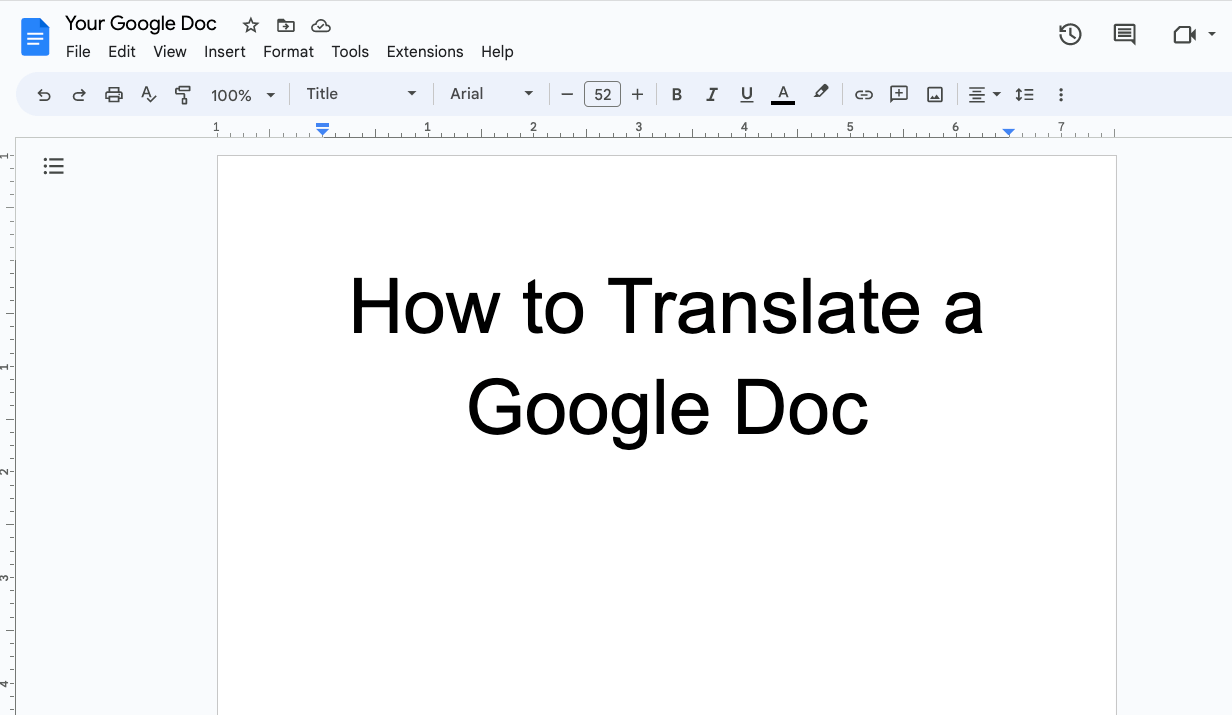
How to Translate a Google Doc Most Efficiently [2025]
Want to translate Google Doc text? Learn why you should use Pairaphrase as your Google Docs translator.
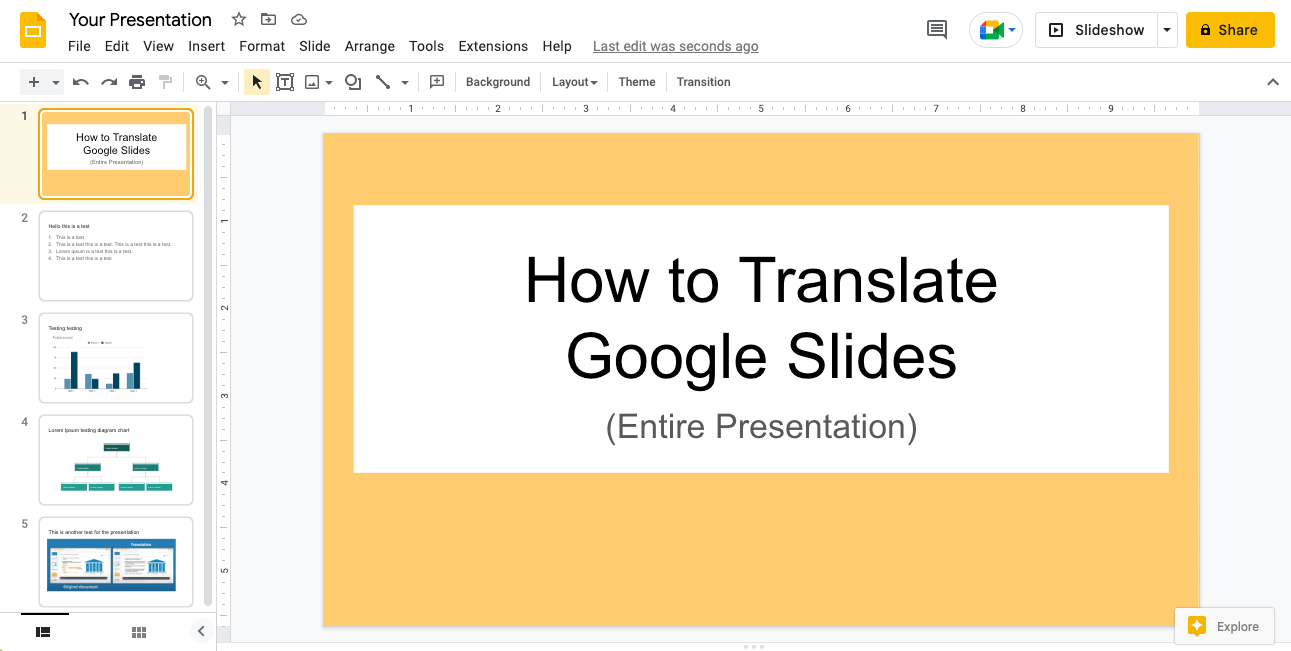
How to Translate an Entire Google Slides Presentation [2025]
Want to translate Google Slides presentation text, notes & charts? Learn why you should use Pairaphrase as your Google Slides translator.
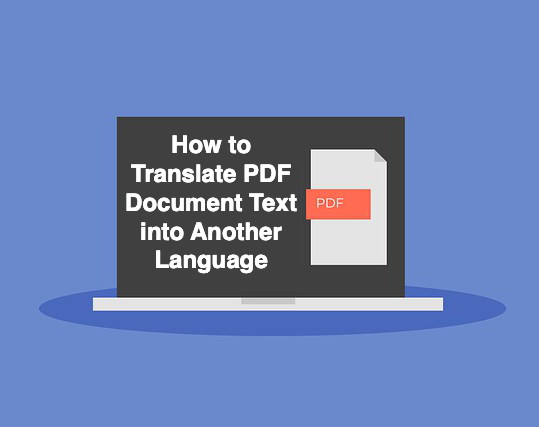
PDF Translation Problems & Solutions: Troubleshooting Guide [2024]
Learn common issues involved with translating PDF documents and discover why Pairaphrase is the best PDF document translator.

Most Accurate Translator Tool: What to Look for [2024]
While a 100% accurate translator does not yet exist, this post will tell you how to get the most accurate translator tailored to your company’s words and phrases.

11 AI Translation Industry Trends in 2024
Explore 2024 translation industry trends! Learn about 10 AI translation industry trends 2024 will bring, according to our predictions.
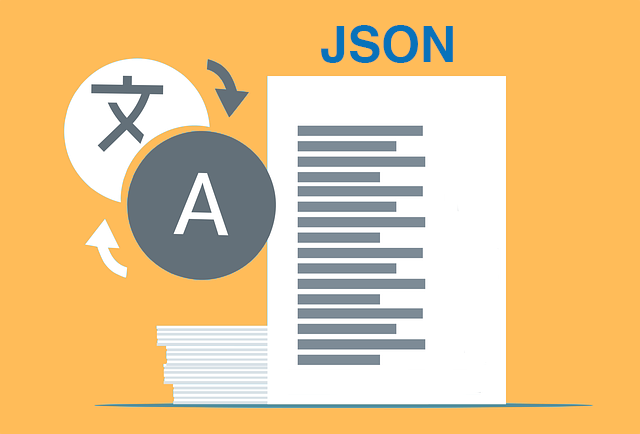
How to Translate JSON Files Online Effectively [2024]
Want to translate JSON files? Learn why Pairaphrase is the best way to auto-translate JSON files online.

How to Translate HTML Files to Another Language [2024]
Want to translate HTML files to another language? Learn why Pairaphrase is the best way to translate HTML files.
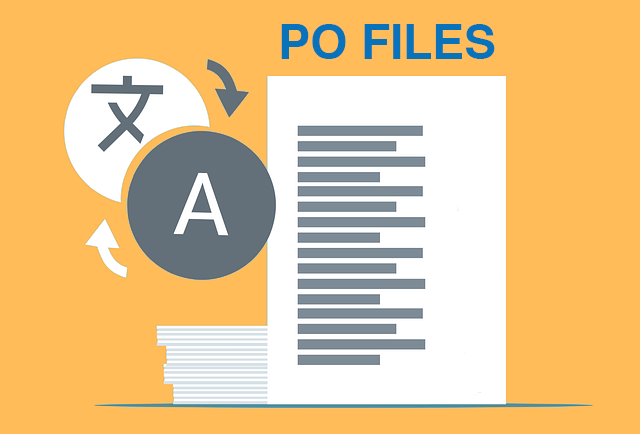
How to Translate PO Files Online [2024]
Need to translate PO files online? Learn why Pairaphrase is the best way to translate PO files.

OpenAI Language Translation: Pros & Cons for Enterprises
Exploring OpenAI language translation capabilities? In this article, discover the pros & cons of OpenAI translation for enterprise use.

File Translation 101: Your Guide to the Basics
Learn all about file translation in this 2023 guide to gain an understanding of the different kinds of file translation services & formats.

Best Way to Translate Elucidat Course Content
Learn how Pairaphrase makes Elucidat course translation reusable, secure, fast and easy.
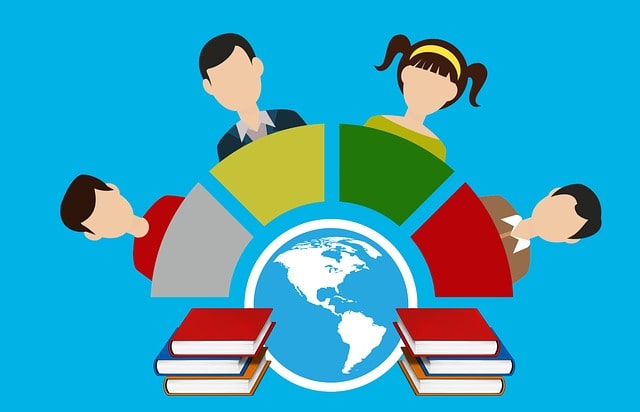
5 Tips for eLearning Localization in 2024
Need to localize eLearning content? Familiarize yourself with these 5 eLearning localization tips for effective multilingual training.

How to Translate a Text File Online [2024]
Want to translate a text file? Learn why Pairaphrase is the best way to translate a text file for your organization.

Best DocTranslator Alternative (2024)
Want a secure enterprise alternative to DocTranslator? Learn why Pairaphrase is the best DocTranslator alternative for enterprises here »

Top 8 Translation Industry Trends (2023 Outlook)
Explore 2023 translation industry trends! Learn about 8 translation industry trends 2023 will bring, according to our predictions »

Best English to Polish Document Translation Software [2024]
Looking for English to Polish translation software, but not sure what features you need? Access this buying guide.
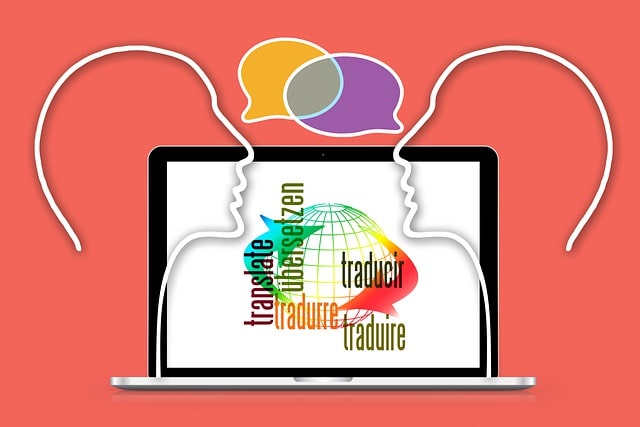
Translation Services 101: Your Guide to the Basics
Need translation services? First, learn the basics! This way, you can make an informed decision. Explore this guide to translation services.

Best Redokun Alternative for Enterprises (2024)
Want a secure enterprise alternative to Redokun? Learn why Pairaphrase is the best Redokun alternative for enterprises here »
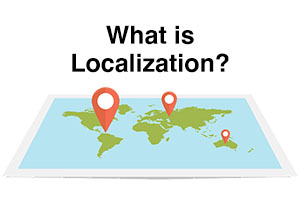
Localization 101: Your Guide to the Basics
Curious about localization? Learn about localization vs translation, what it is, how it works, benefits & more in this guide to the basics!

Best Memsource Alternative for Enterprises (2024)
Want a secure enterprise alternative to Memsource? Learn why Pairaphrase is the best Memsource alternative for enterprises here »
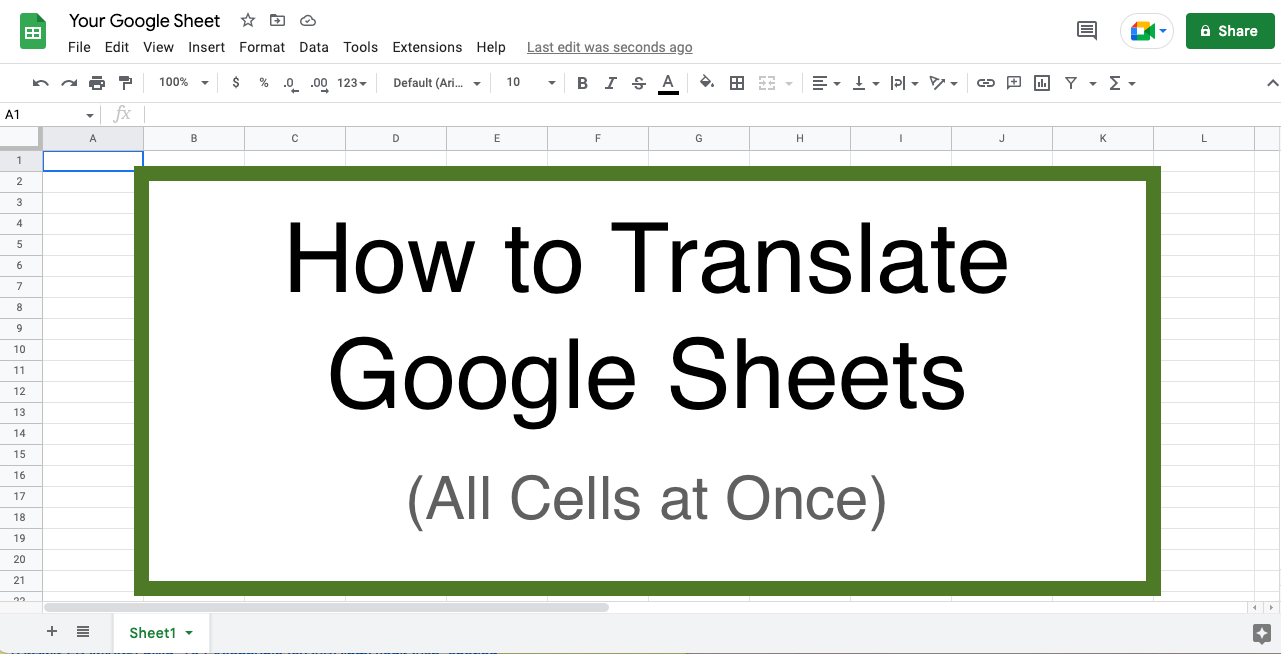
How to Translate Entire Google Sheets (All Cells) [2025]
Want to translate entire Google Sheets? Learn why you should use Pairaphrase as your Google Sheets translator.
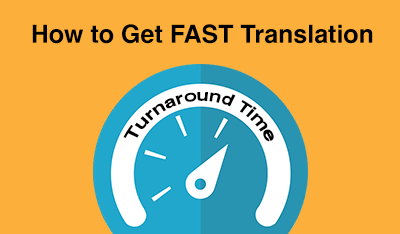
Fast Turnaround Translation: How to Get it
While fast translation turnaround and linguistic quality is a delicate balance, this post will tell you how to best use Pairaphrase to get fast translations.
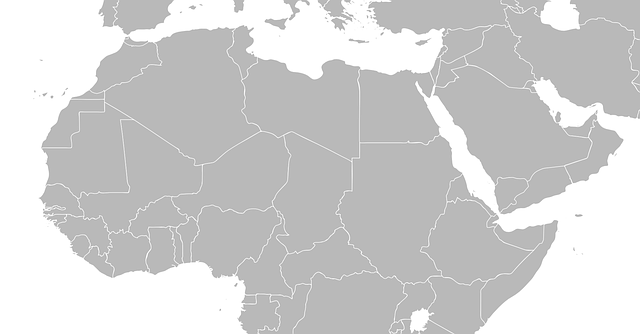
Best English to Arabic Document Translation Software (2024)
Looking for English to Arabic translation software, but not sure what features you need? Access this buying guide.
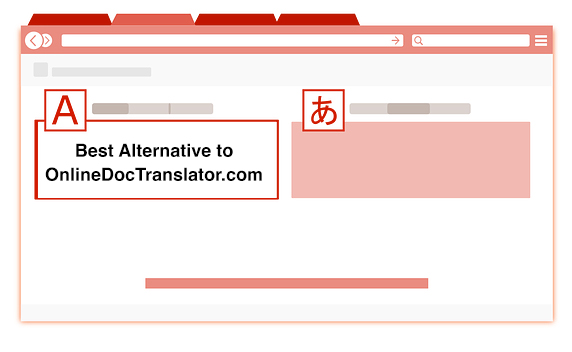
Best OnlineDocTranslator.com Alternative (2024)
Considering an alternative to OnlineDocTranslator.com? Explore why Pairaphrase is the best OnlineDocTranslator.com alternative for enterprises.
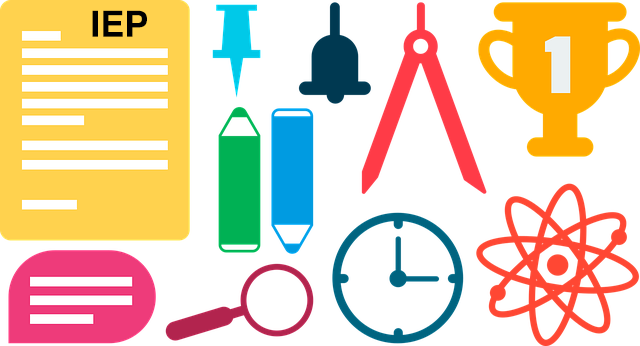
How to Translate an IEP Document [2024]
Need to translate an IEP document? Learn how to translate IEP documents in the most efficient and secure way possible.
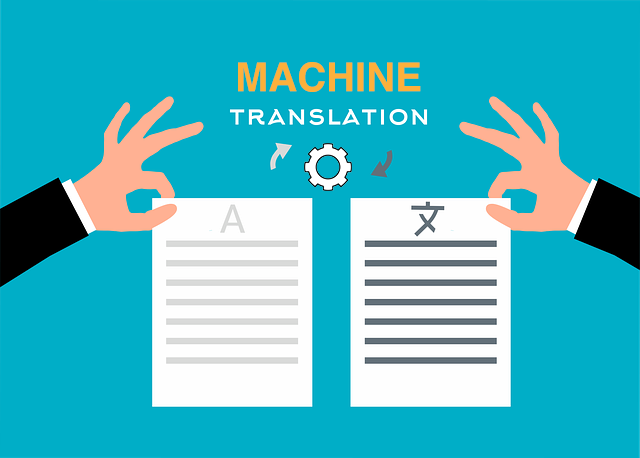
Machine Translation (MT): Your Guide to the Basics [2024]
Curious about Machine Translation (MT)? Learn about machine translation, how it works, benefits of machine translation & more.

How to Translate XML Files Online (2024)
Need to translate XML files online? Learn about the best features to use when translating XML files.

Best English to Italian Document Translation Software (2024)
Want the best English to Italian document translation software for business? Read about the 10 best English-Italian translator app features.

Terminology Management in Translation: Essential Guide [2024]
Learn all about terminology management in this comprehensive guide.

Smartling Alternative for Enterprises in 2024
Want a Smartling alternative? Explore 10 possible reasons you need one, and why Pairaphrase might be your best alternative.
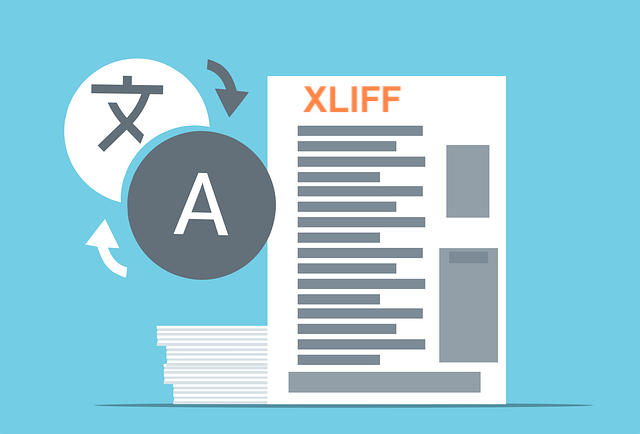
How to Translate XLIFF Files Online Successfully (2025)
Need to translate XLIFF files online? Learn why Pairaphrase is the best way to translate an XLIFF file.

Best Japanese to English Document Translation Software (2024)
Looking for Japanese to English translation software, but not sure what features you need? Access this buying guide.

How to Translate SRT Files Effectively [2024]
Learn how to translate SRT files in 2022! Explore the reasons Pairaphrase is the best way to translate an SRT file effectively.

Best English to Japanese Document Translation Software (2024)
Looking for English to Japanese translation software, but not sure what features you need? Access this buying guide.

Brochure Translation Software Features to Look for
Need brochure translation? Look for these 10 top brochure translator features (before you buy).

Best Way to Translate Articulate Course Files
Need to translate Articulate course files? Learn why Pairaphrase is the best way to translate Articulate files (XLIFF 2.0).

Best Way to Translate Multiple Files Simultaneously Online [2024]
Need to translate multiple files simultaneously online? Learn why Pairaphrase is best for batch translation.

Using Pairaphrase Translation Software with Amazon Translate
Curious about translating with Amazon Translate (AWS)? Learn about using Amazon’s machine translation engine with Pairaphrase.

Best English to Hindi Document Translation Software (2024)
Looking for English to Hindi translation software, but not sure what features you need? Access this buying guide.

How to Translate Large Files with Ease [2024]
Need to translate large files? Learn about the best tools to use when translating large PDF’s, documents & more (10MB+).

Catalog Translation Software Features to Look for
Need catalog translation? Look for these 10 top catalog translator features (before you buy).

Best English to Vietnamese Document Translation Software (2024)
Looking for English to Vietnamese translation software, but not sure what features you need? Access this buying guide.

How to Create Effective Termbase Glossaries for Machine Translation
Need to create a termbase glossary? Get our top 5 tips for creating effective termbase glossaries for machine translation.
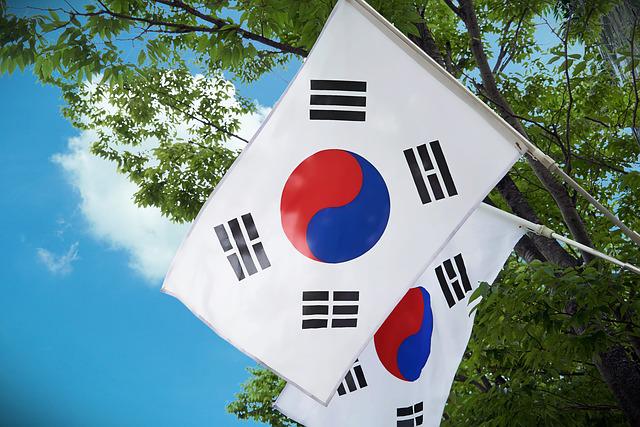
Best English to Korean Document Translation Software (2024)
Looking for English to Korean translation software, but not sure what features you need? Access this buying guide.

Best DeepL Alternative for Enterprise Teams (2024)
Explore various DeepL drawbacks and user-specific needs you might identify with. This way, you can conclude whether alternatives to DeepL could fill these gaps.

Top 10 Translation Industry Trends in 2022
Explore 2022 translation industry trends! Learn about 10 translation industry trends 2022 will bring, according to our predictions »
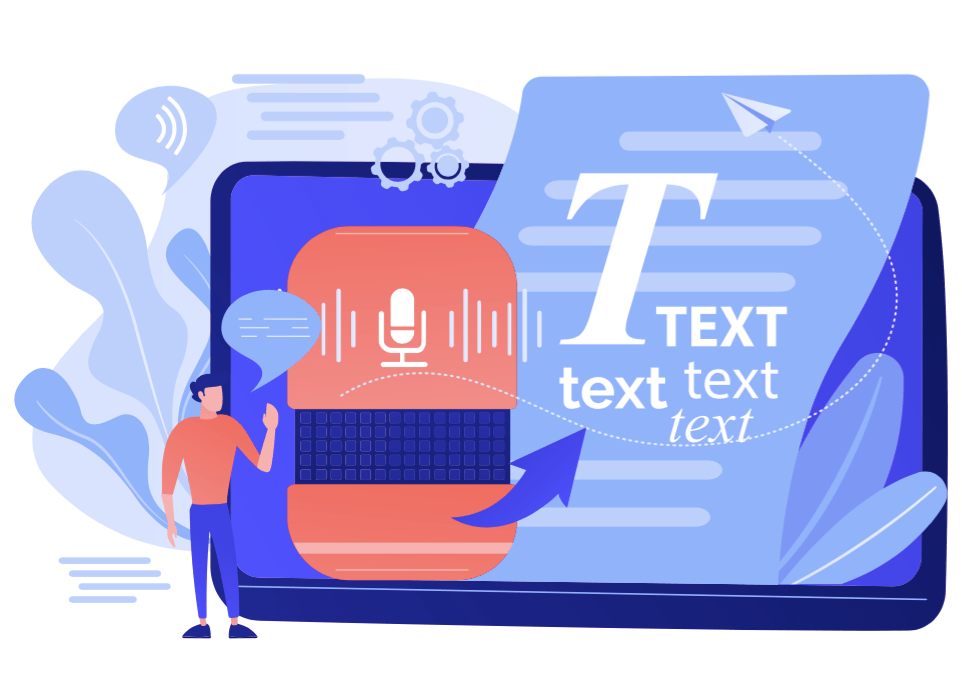
Secure Transcription Software That Translates Languages
Need secure transcription software that translates languages? Learn what features to look for and how Pairaphrase will benefit you.

Best English to Portuguese Document Translation Software (2024)
Looking for English to Portuguese translation software, but not sure what features you need? Access this buying guide.
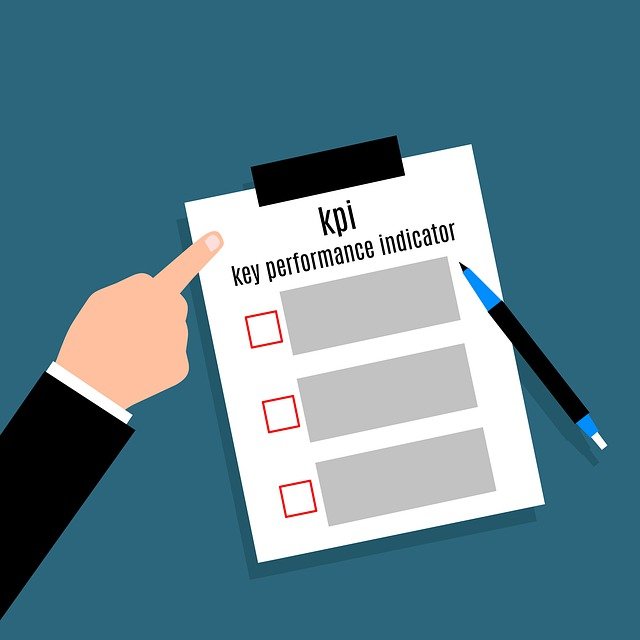
Translation KPIs for Translation Management Success
Establishing translation KPIs (Key Performance Indicators)? Here are the 5 Most Important KPIs for translation management success.

